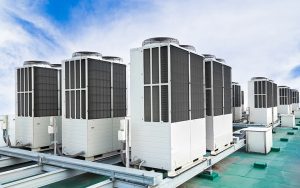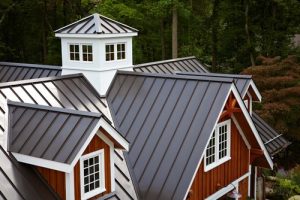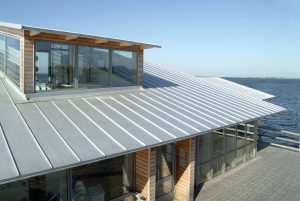For most people, industrial air con is simply those big industrial air ventilation conditioners from Clean Air Environmental that sit on top of or outside businesses and schools. Most of us give little thought to them and don’t realise how they benefit us and how their roles have changed over the years. The fact is that they serve a couple of very important purposes.
 Keeping Equipment Functioning
Keeping Equipment Functioning
As technology advanced so did the types of equipment and machinery used for a number of industries. Many of these technological advances require machinery that is sensitive to heat and humidity and will break down if they get overheated. So, in order to keep these new machines running efficiently, factories and other industries had to find a way to keep these machines cool. The answer was industrial air conditioners that were big enough to keep various machines such as computers and electrical equipment cool and functioning.
Any benefit workers in these industries got from having their workstation near the airflow of these was purely incidental, as the primary purpose was to keep the machinery and equipment cool, not the workforce.
Protecting the Health of All That Enter
However, in time newer buildings became more airtight and cut off the ventilation built into older buildings, and there was raised awareness of how paints, building materials, manufacturing materials and other things could make people sick and seriously affect the health of everyone who used them. As a result, air cons began to take on a new role: that of providing benefits not just for the health of the equipment but for people as well.
While they are still used to protect the investment that businesses have in their sensitive equipment they now serve an even greater need and that is in protecting the health and the productivity of the people who work in and use these buildings. From schools and large meeting halls to a variety of factories, warehouses and other businesses, they work overtime to provide not only the cooling air that sensitive equipment needs but also proper ventilation and filtering systems to help keep everyone working there safer and healthier than in the past.
Sizes
The size of a particular air con is based on several variables including the size of the building it is to service and the particular needs of that building. While most range from around 2 ton BTUs to 150 ton BTUs, there are also portable units designed to be used on jobs where there is no permanent need for air conditioning.
Some jobs where a portable unit may be used are industries where building or painting is done at a variety of sites. They are also often used in shipbuilding yards.
Industrial air conditioners are not simply oversize versions. They protect both the equipment used in many industries and, more importantly, they protect your health when you enter a variety of different public buildings.

 Longevity
Longevity Design Benefits
Design Benefits